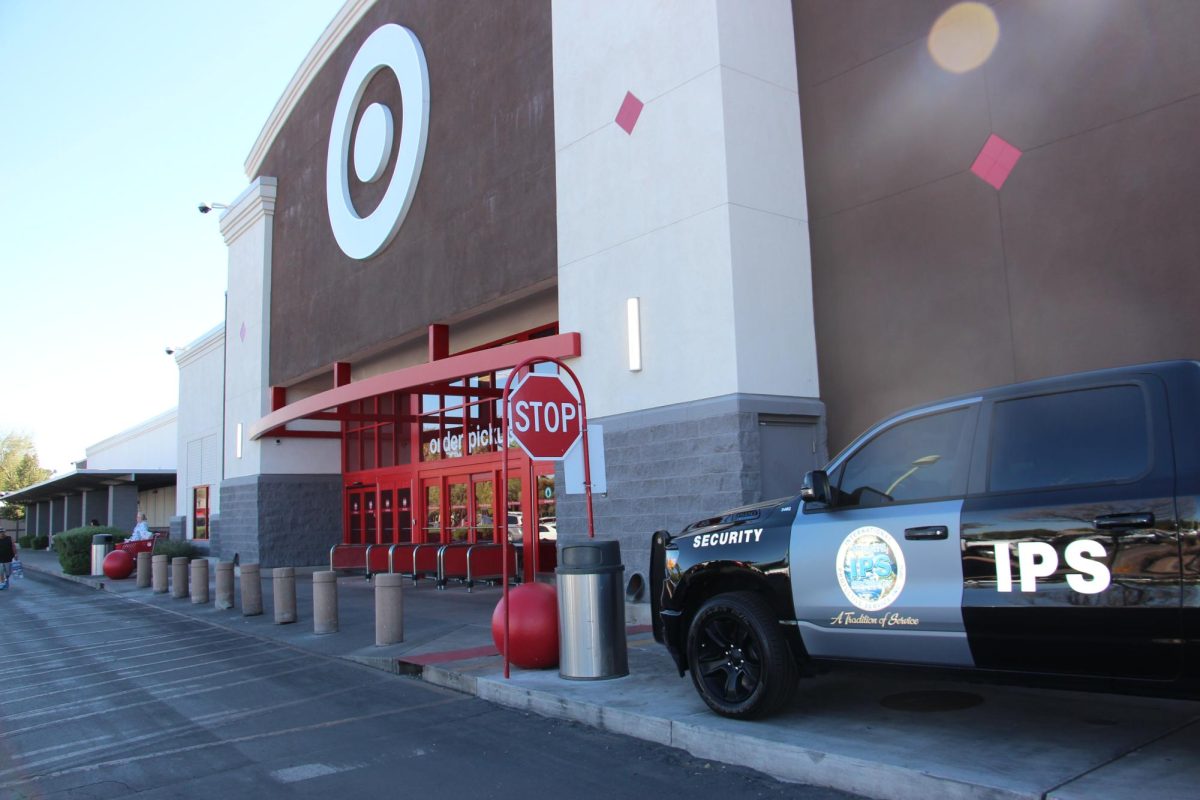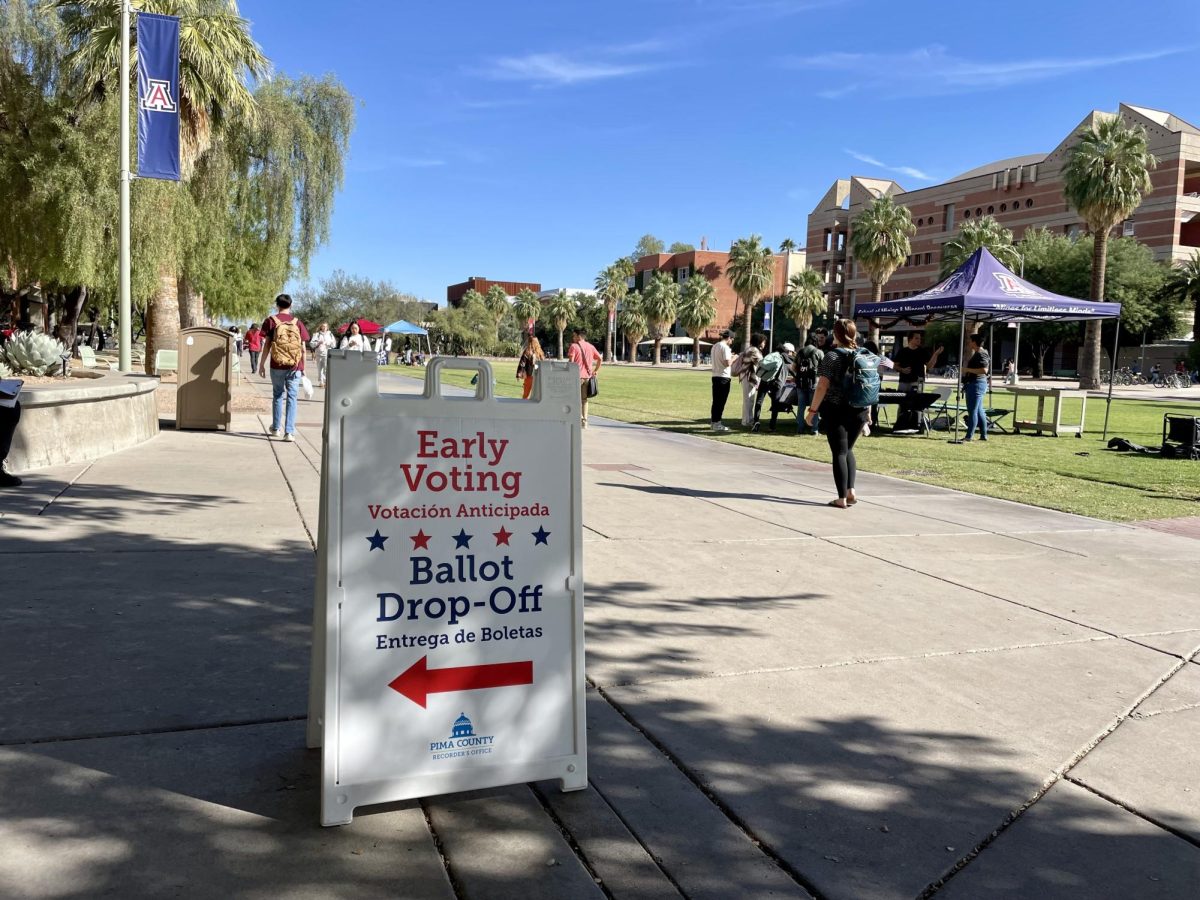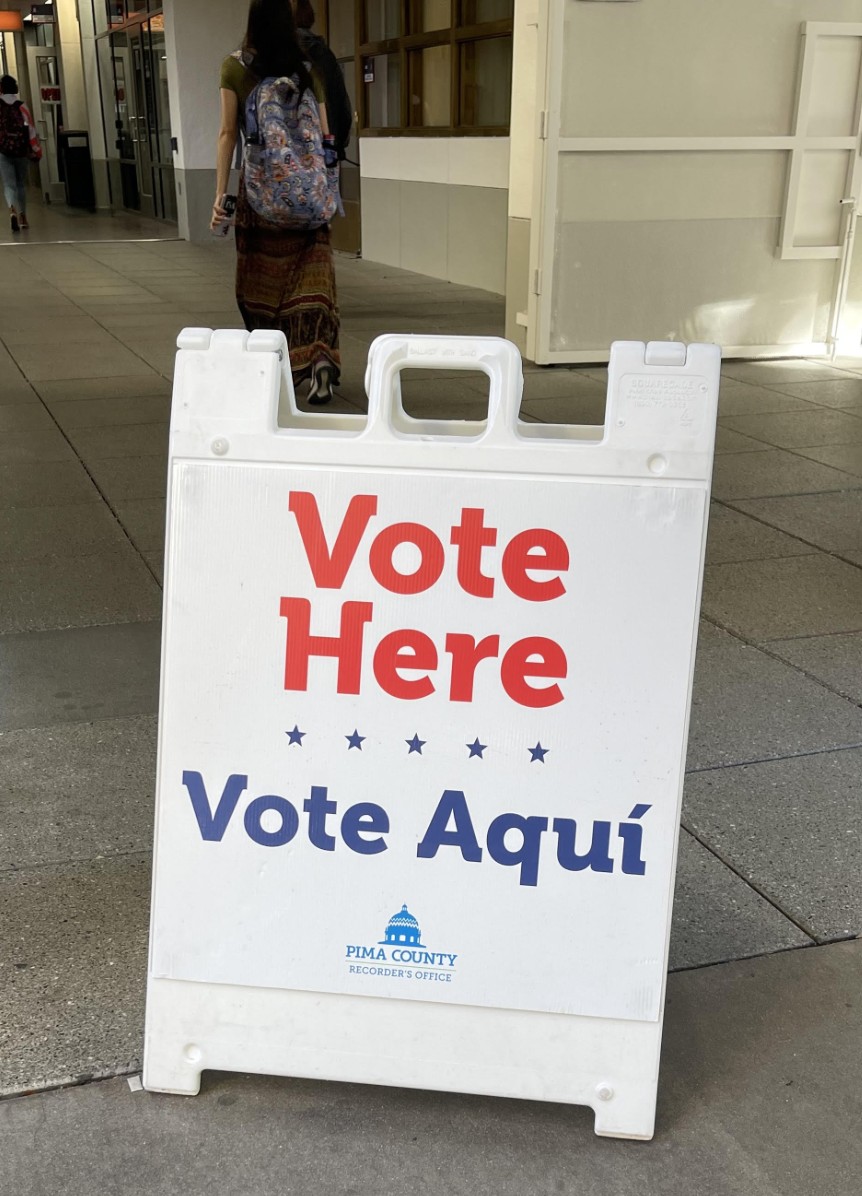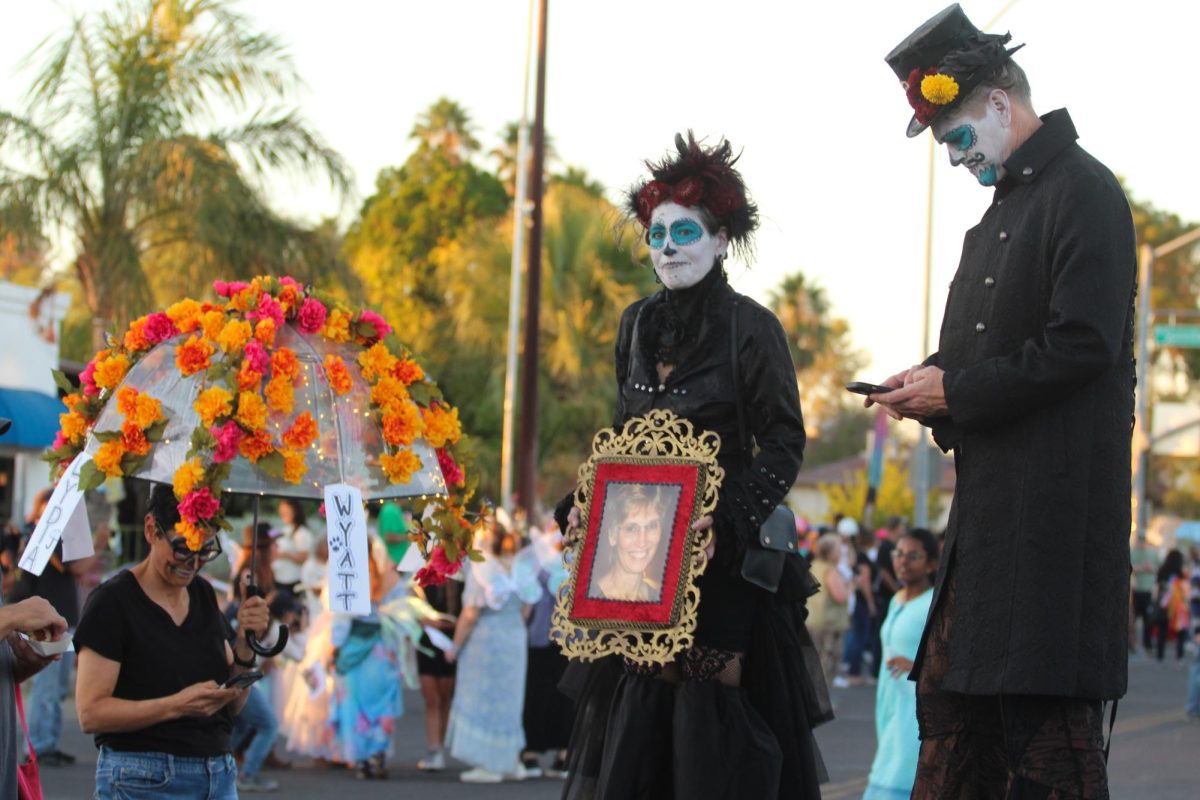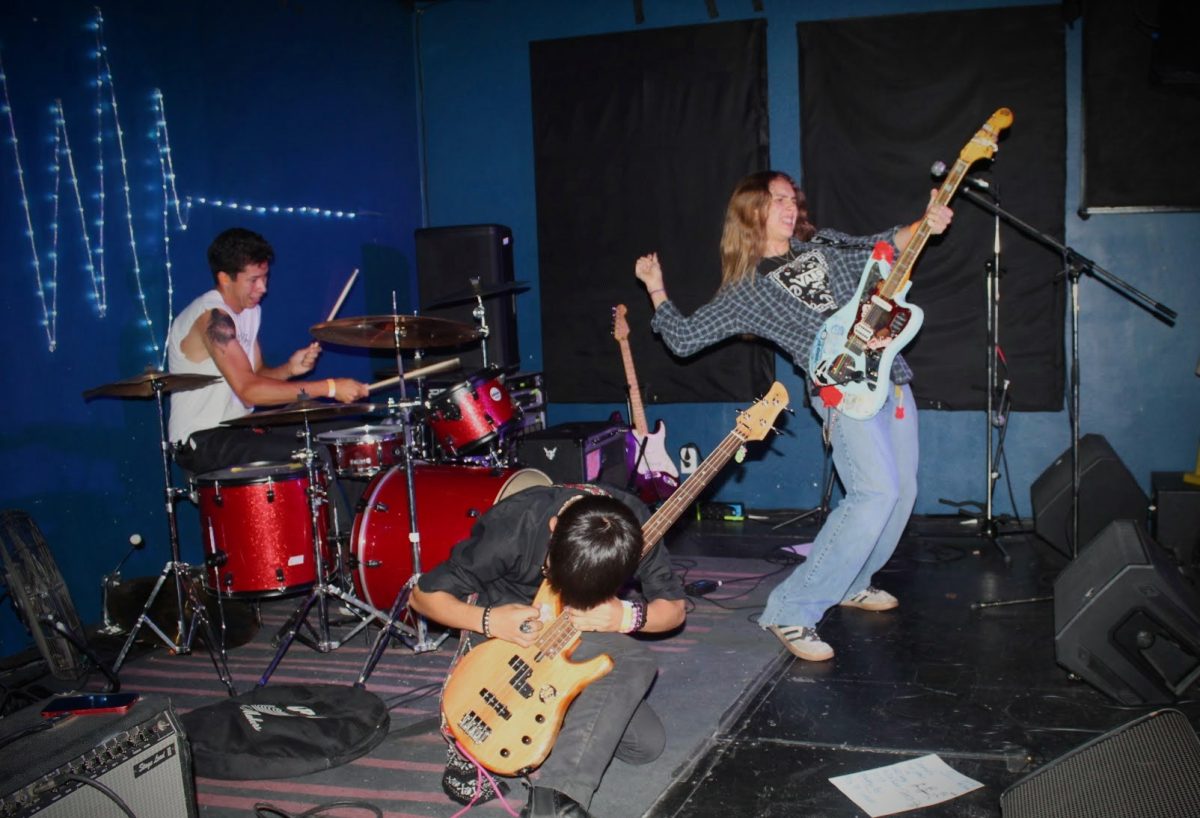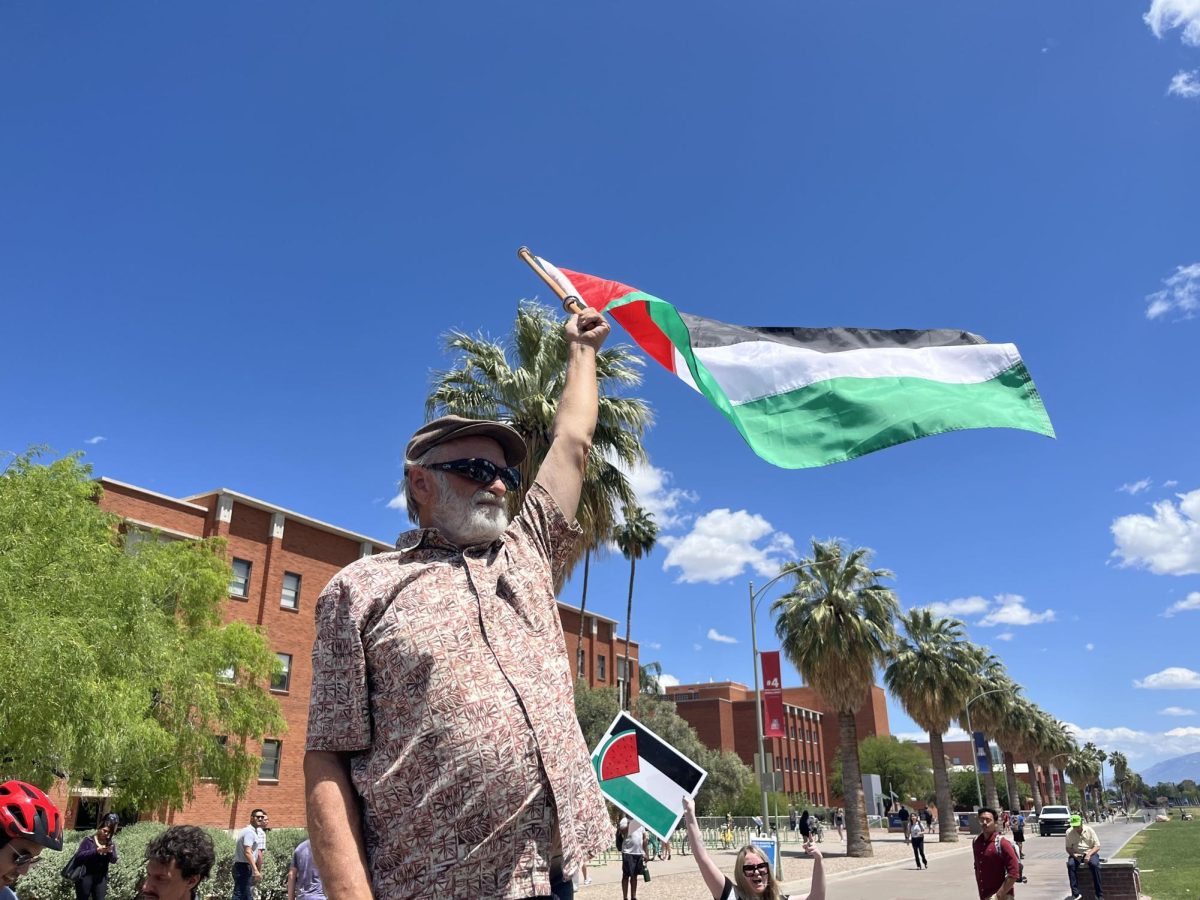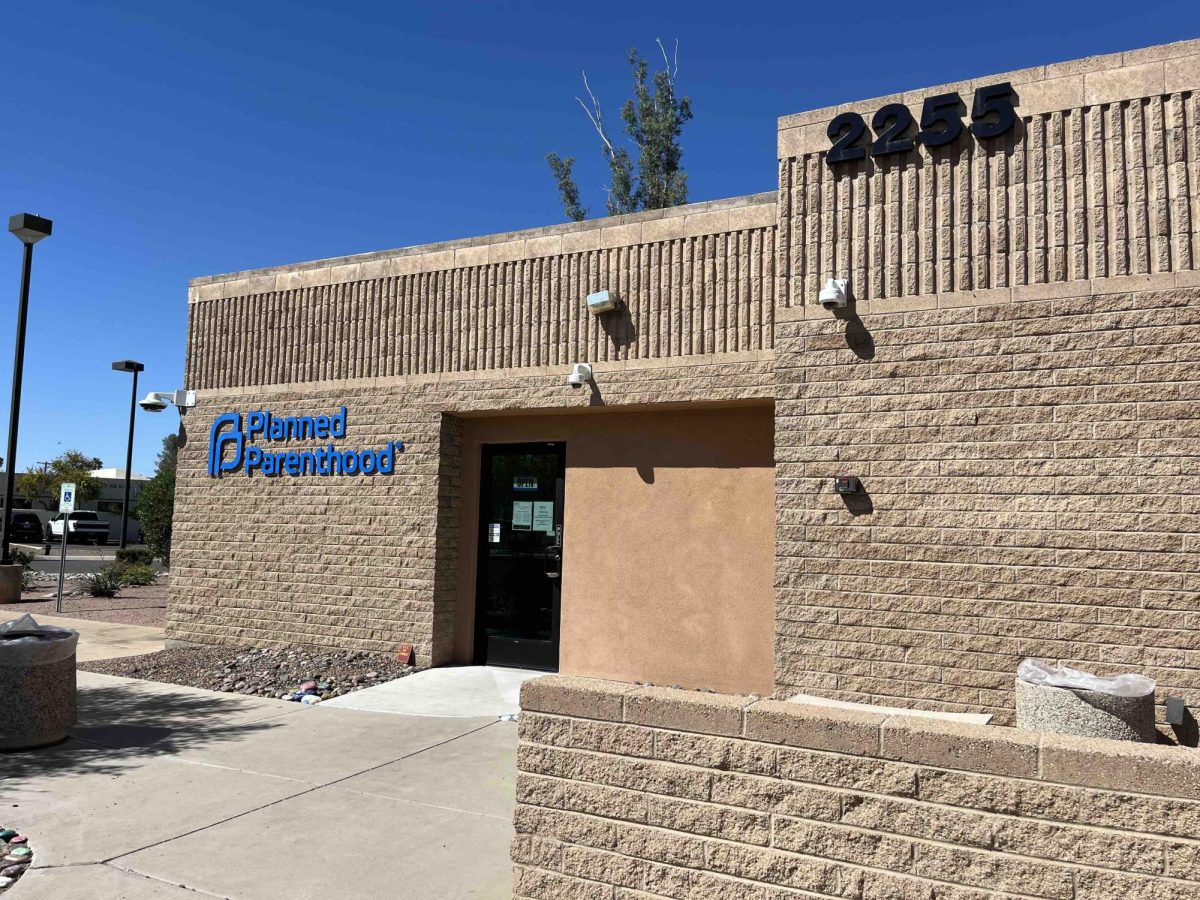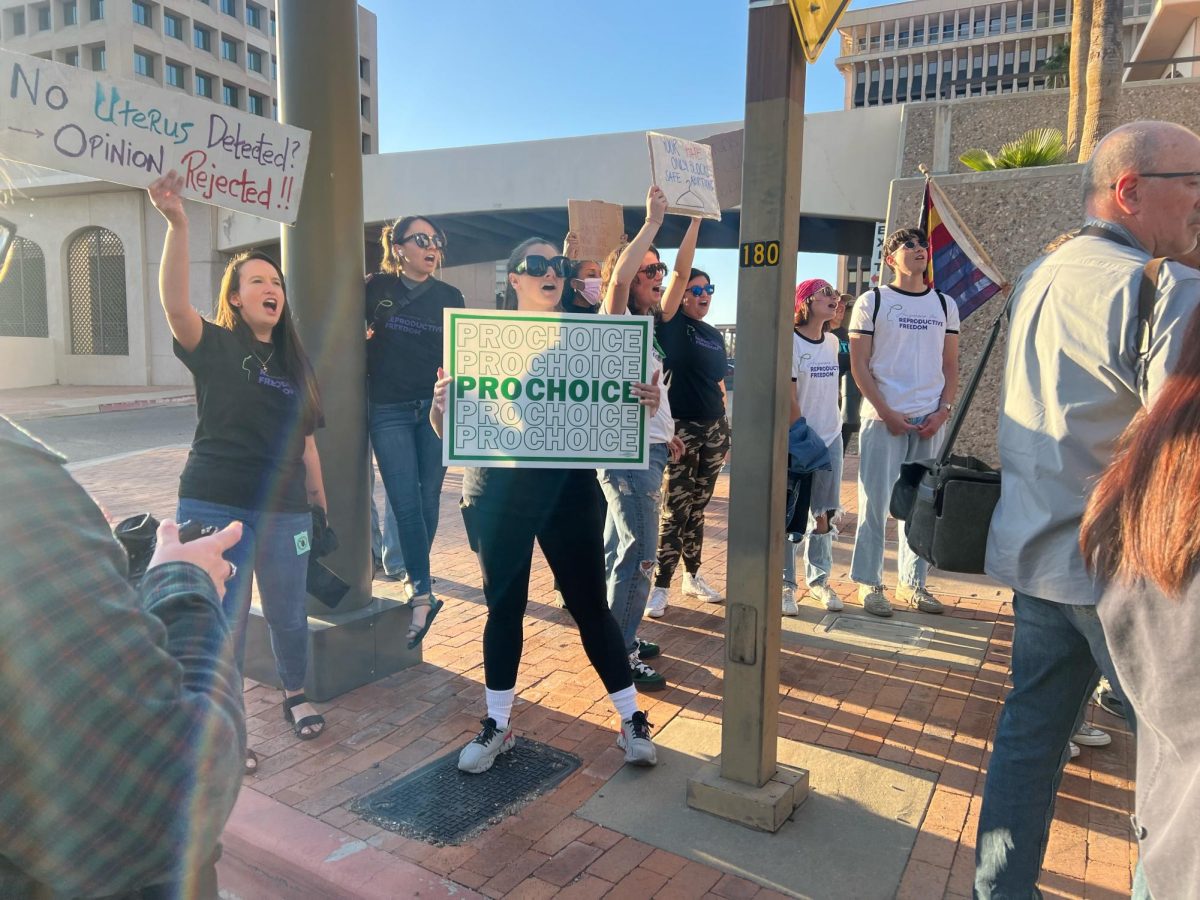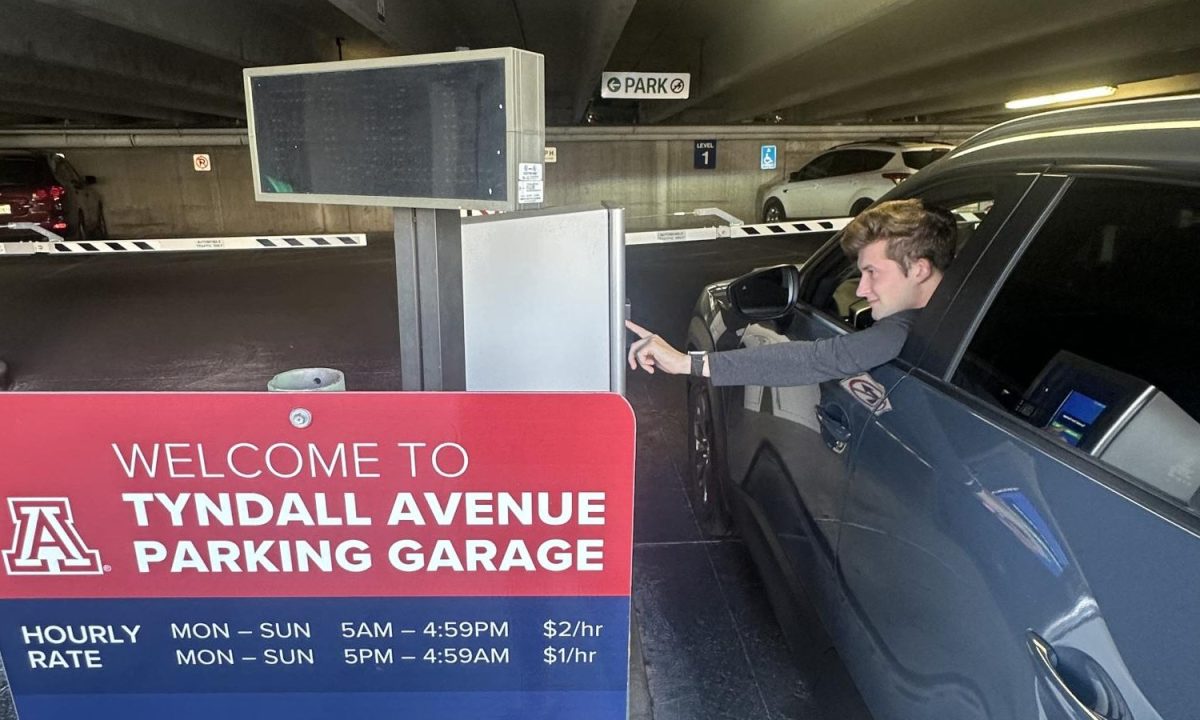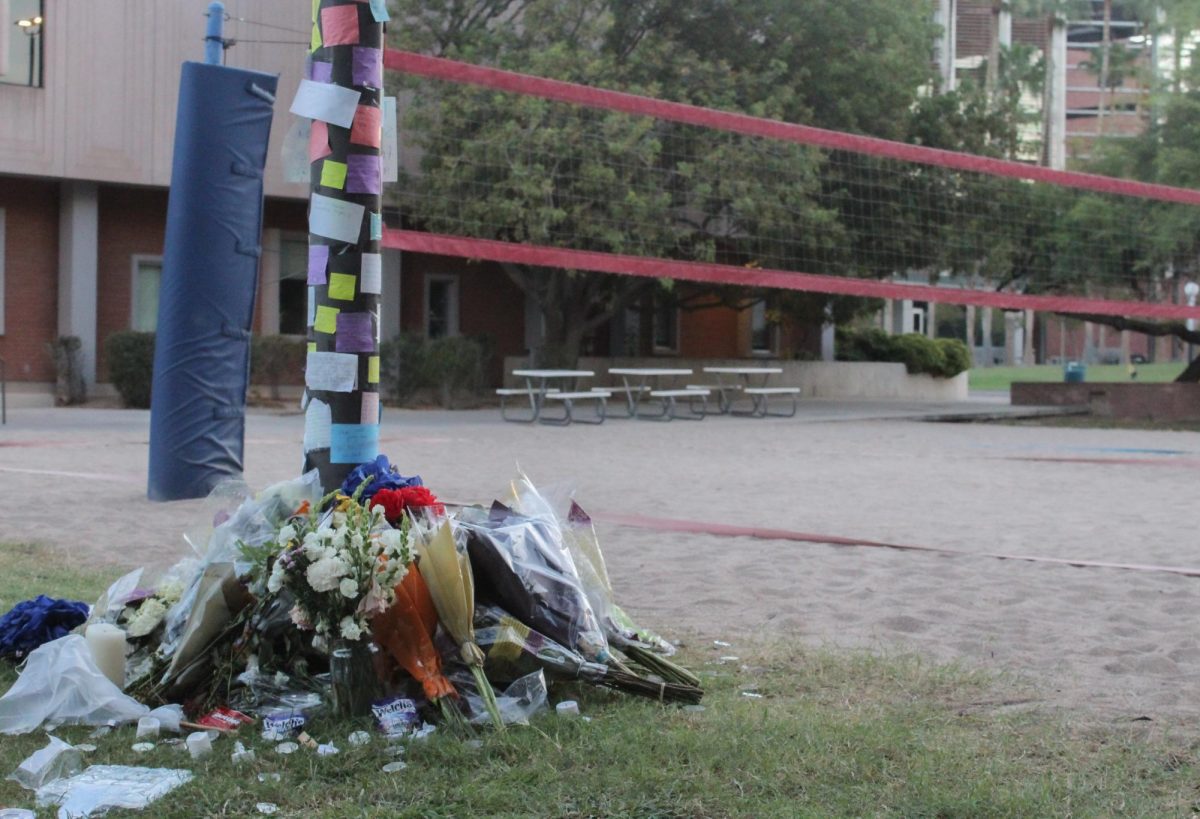Organized retail crime in Tucson is escalating into a significant concern, with thefts rapidly becoming more sophisticated and costly.
Tucson Police Officer Sean Payne said organized retail crime is prompting a broad-based initiative in the community to raise awareness as one way to tackle these complex criminal networks effectively.
Some organizations in Tucson also advocate using technology to deter thefts.
Organized retail crime emerged as a significant issue during the pandemic, when retailers struggled to prevent people from shoplifting big and small items from their shelves. It has continued to grow as large retailers prioritize employee safety over financial losses.
“Prior to COVID, I’ll say the average loss for one Target store was like $350,000 a year,” Payne said. “Now, it’s over $1 million, almost $2 million for just one store.”
Target is just one example of many retailers impacted by organized retail crime, Payne said. Other commonly targeted Tucson stores include T.J. Maxx, Ulta Beauty, Walmart and Walgreens, police said.
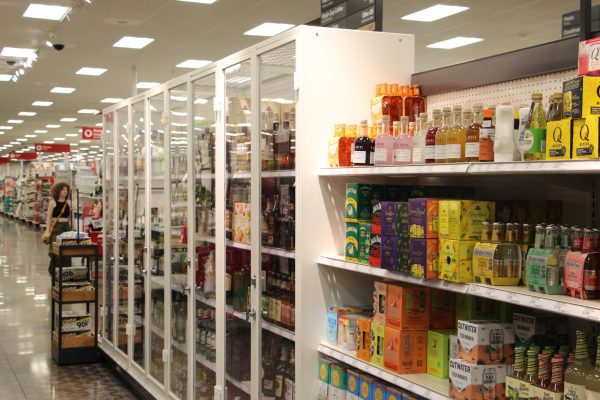
The financial toll on businesses is staggering. A study by CapitalOne Shopping Research showed that Arizona retailers faced a loss of $1.5 billion in revenue due to organized retail theft in 2022 alone. Although retail theft in Arizona is 24.4% lower per capita than the national average, the numbers are still significant.
These crimes often occur in large retail environments where the likelihood of significant theft can be higher due to the volume of goods and the flow of customers.
Payne’s experience underscores the complexity of organized retail crime, which can evolve from seemingly minor shoplifting incidents to major felonies with significant economic and safety implications for the community. In the last three years, Payne has made 56 arrests, and many suspects have received convictions and are now in prison.
Monica Carlson, co-founder of the Tucson Crime Free Coalition, amplifies the call for increased public engagement, emphasizing the coalition’s role in rallying the community.
“We bring together citizens who are fed up with the ongoing crime,” Carlson said. “It’s about harnessing that collective frustration and turning it into actionable change through education and advocacy.”
The coalition’s strategy includes hosting public meetings that serve as platforms for sharing information and strategies and fostering a well-informed community that can push for effective legislative and law enforcement responses.
Technology is increasingly vital in the battle against organized retail crime in Tucson. Auror, a company that specializes in retail crime technology, functions by collecting data on suspicious activities and patterns across various retail locations, enabling both retailers and law enforcement to track and predict criminal behavior more effectively, said company spokesman Jon Breigel. The technology facilitates sharing information in real-time, ensuring that both store personnel and police can respond swiftly to potential threats.
“When you first log into our platform, it’s about visibility. You see events posted in real-time, which not only helps in tracking crime but also in educating the public about how widespread this issue is,” Breigel said.
Officer Payne said community awareness boosts the effectiveness of police efforts against organized retail crime. He said that when the public is better informed about what constitutes such crimes, they are more likely to assist in preventing them through reporting and observation.
This perspective is supported by Carlson, who believes that an informed public acts as a deterrent to these criminal activities. She points out that when people recognize and understand the impacts of organized retail crime, not only on businesses but also on their personal safety and the local economy, they become less tolerant and more proactive in reporting suspicious activities.
Carlson said that one of the coalition’s goals is to work closely with Tucson Police and other law enforcement entities to develop community-centered strategies.
“Our approach is about making real connections — between police, businesses and residents,” she said. “This isn’t a policing problem; it’s a community issue.”
Breigel said that technological solutions can specifically target the gaps in public knowledge.
“Our platform doesn’t just alert retailers and police about crimes. It also aggregates data that can be shared with the public to show trends, hotspots, and outcomes of interventions,” he said.
This approach not only aids in real-time prevention but also builds a data-driven case for enhancing security measures and allocating police officers to the scene of an incident as well as allowing retailers to keep track of the dollar value of merchandise stolen.
“Awareness is our most powerful weapon,” Carlson said. “When the whole community is watching, the cost of committing these crimes becomes too high.”


